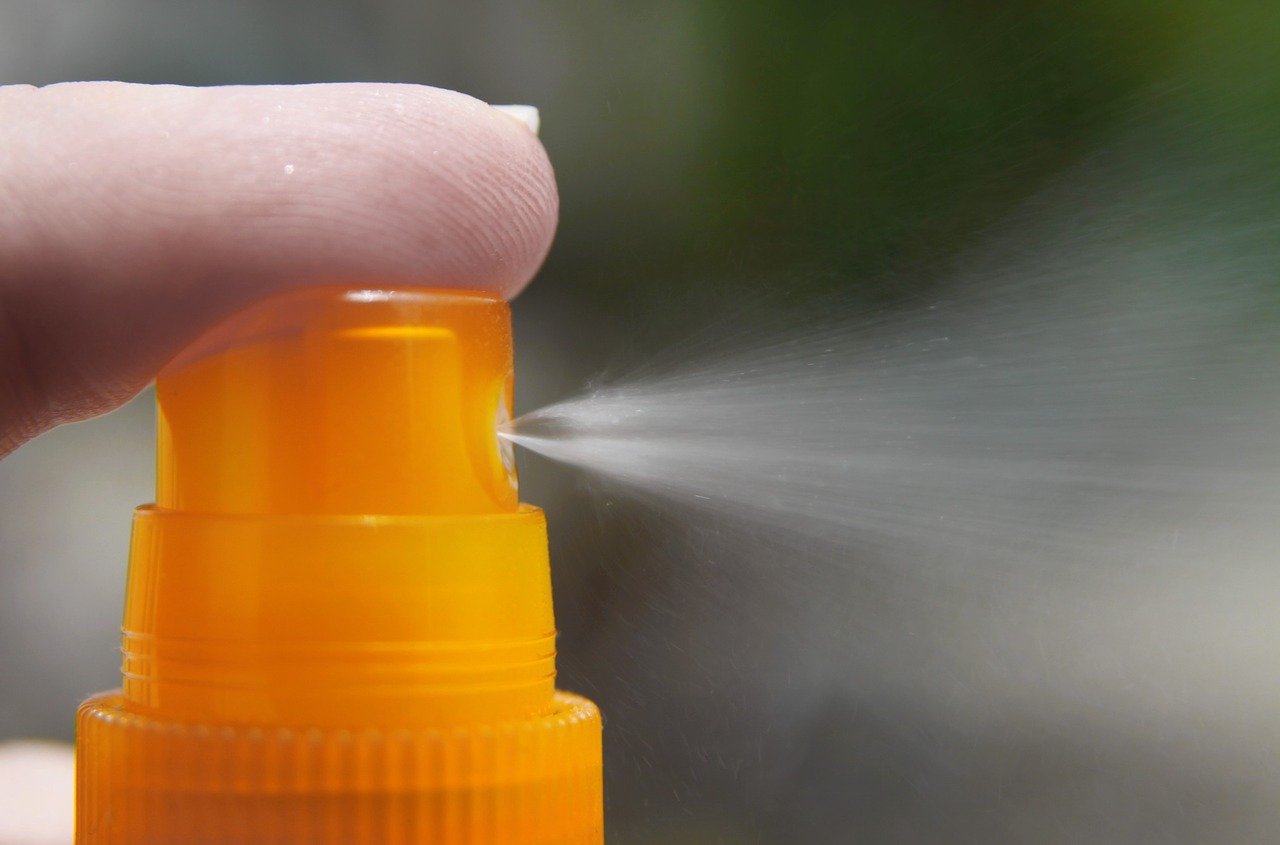Oxybenzone is known by many names including (2-Hydroxy-4-methoxyphenyl)-phenylmethanone, benzophenone-3, and 2-Hydroxy-4-methoxybenzophenone. It may be found in sunscreens, facial moisturizers, lip balm, lipstick, anti-aging creams, hair conditioners, hair spray, nail polish and perfumes.
Research has shown that oxybenzone may have an impact on the environment. Studies undertaken have shown that there is a gradual accumulation of oxybenzone in coral, but that other ingredients in sunscreen products may increase the degree and rate the active ingredients are absorbed by corals and exacerbate the toxicity of sunscreen products. In addition, a study involving Jellyfish Lake in Palau, a Unesco World Heritage site, revealed the presence of oxybenzone in the water, sediment and jellyfish samples.
It is also known that oxybenzone can be absorbed through the skin into the body in significant amount and can stay in the blood for hours. According to the Centers for Disease Control and Prevention (CDC) it has been found in the blood and urine of 97% of Americans. Oxybenzone has caused allergic skin reactions whilst other studies have suggested that it is an endocrine disrupting chemical. An analysis of CDC-collected exposure data for American children, found that adolescent boys with higher oxybenzone measurements had significantly lower testosterone levels and in a second study where individuals applied a lotion containing oxybenzone, there was a minor but statistically significant decrease in testosterone in men. However, other researchers have stated that the exposure time was too short to be conclusive. In addition a further study has suggested a link between higher concentrations of benzophenones and poorer sperm quality. Female exposure to oxybenzone has also been linked to an increased risk of endometriosis. Three other studies have reported a statistically significant association between oxybenzone exposure during pregnancy and birth outcomes, with one study reporting shorter pregnancies in women carrying male foetuses and two reporting higher birth weights in boys. In addition, oxybenzone has been detected in breast milk and amniotic fluid, which suggests that the developing foetus and newborns may be exposed to these substances.
Although it is currently approved for use in the United States, the strength of the formula is limited to a maximum of 6% oxybenzone concentration. However due to public health concerns, the Federal Drug Agency has set a November 2019 deadline for manufacturers to provide safety data on their sunscreens, including evaluations of systemic absorption, the risk of cancer from the chemicals, and their effect on reproductive health. Hawaii has recently passed legislation which prohibits the sale and distribution of sunscreen products that contain oxybenzone (and octinoxate) without a prescription, although it should be noted that the ban does not apply to cosmetic products intended for use on the face. The legislation comes into effect on 01 January 2021. In addition to Hawaii, Key West in the USA has also banned the sale of sunscreens that contain octinoxate (and oxybenzone) which also comes into effect on 01 January, 2021. However, Miami, USA voted against such a ban citing public health reasons and and lack of clarity on scientific evidence.
The US Virgin Islands have also banned sunscreens containing oxybenzone (plus octinoxate and octocrylene). Here the legislation will come into effect in the following stages:
- from 31 December 2019, importing products containing oxybenzone, octocrylene and octinoxate for sale will be illegal;
- from 30 September 2020, selling, offering for sale and distributing such products will be illegal; and
- from 1 January 2021, using, possessing or bringing them into the territory will be illegal.
The Pacific Ocean archipelago of Palau have also banned sunscreens that contain octinoxate. Their legislation in fact is currently more wide ranging than other countries as it bans sunscreens that contain octinoxate and nine other chemicals (namely, oxybenzone (benzophenone-3); octocrylene; 4-methyl-benzylidene camphor; triclosan; methyl paraben; ethyl paraben; butyl paraben; benzyl paraben; and phenoxyethanol). The legislation comes into effect on 01 January 2020 and anybody entering Palau with the prohibited items will have them confiscated.
Health Canada also allows its use up to 6% concentration.
The European Union has limited it’s use to 6% in sunscreens and 0.5% in other cosmetics. The Swedish Research Council has determined that sunscreens with oxybenzone are unsuitable for use in young children, because children under the age of two years have not fully developed the enzymes that are believed break it down.
For a list of brands that include oxybenzone in their list of ingredients please see: https://householdproducts.nlm.nih.gov/cgi-bin/household/brands?tbl=chem&id=198&query=oxybenzone&searchas=TblChemicals1&prodcat=all
https://www.ewg.org/skindeep/ingredient/704372/OXYBENZONE/#

